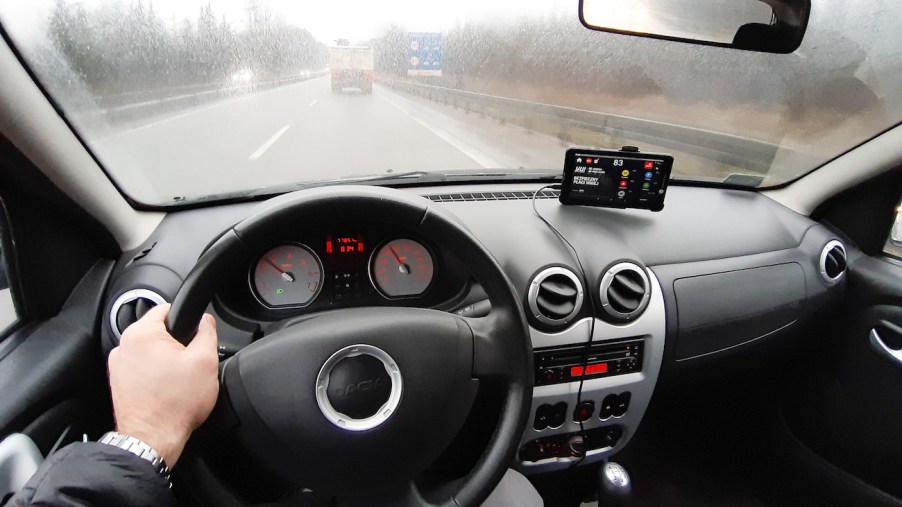
5 Easy Tips For Getting Better Gas Mileage
Gas prices are still at an all-time high across the nation, so getting the best fuel economy from your car is important. It doesn’t matter if you have a fuel-sipping compact car or a gas-guzzling truck; the following five tips can help your car get optimum mileage. As an added plus, they’re all easy to follow.
1. Don’t accelerate heavily
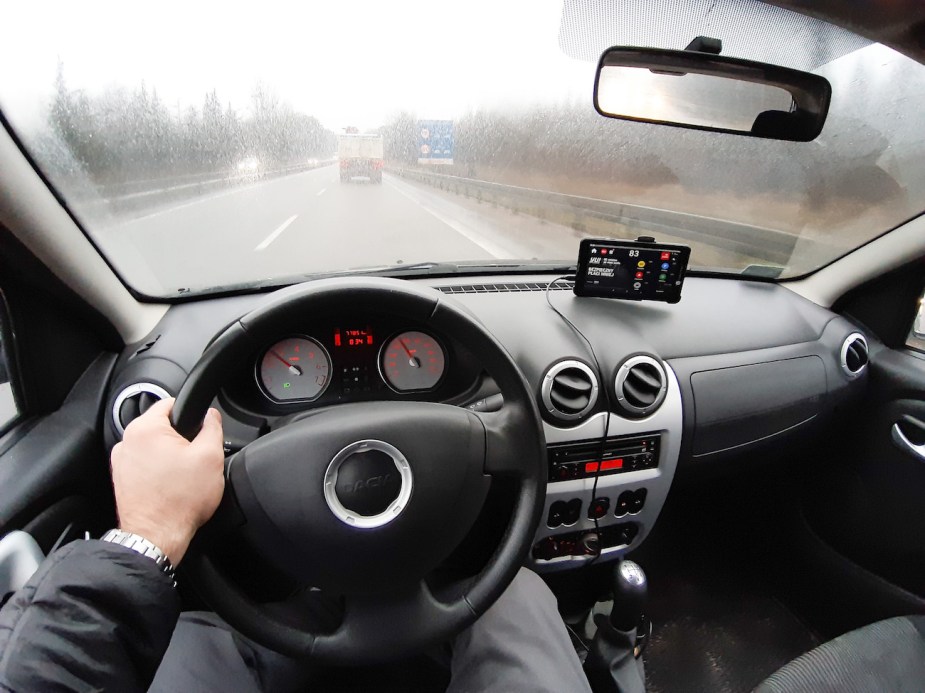
According to Family Handyman, “a lead foot = a light wallet.” To translate that, having a heavy foot at stop lights or when cruising on the freeway can lead to a reduction in fuel economy. How much? The U.S. Department of Energy says that aggressive driving can lead to a 33% decrease in gas mileage on the highway and about a 5% reduction when driving around town.
In that case, ease up on the throttle when taking off from of a stop, and you’ll notice an increase in mileage.
2. Drive at the speed limit
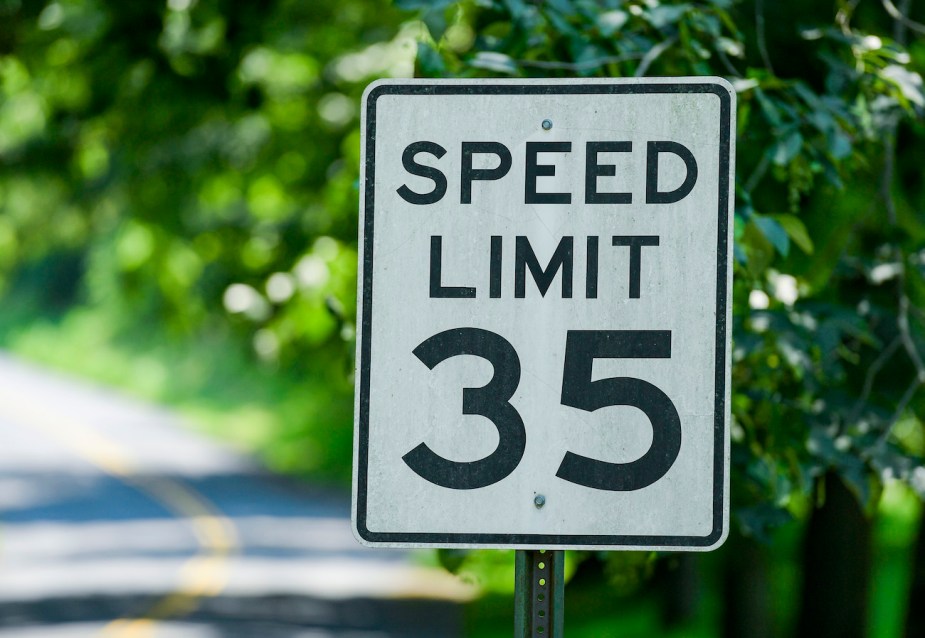
We know that driving at the speed limit is not cool. At some speeds, it can even feel like you’re driving in slow motion, which makes you want to go faster. However, going faster can easily kill your gas mileage, especially at speeds higher than 55 mph, due to aerodynamic drag. In fact, driving at 65 mph can increase drag by 36%.
So keeping at the speed limit, or 55 mph or lower, can easily increase your mileage. As long as you can keep your lead foot in check.
3. Replace the car’s cabin filter
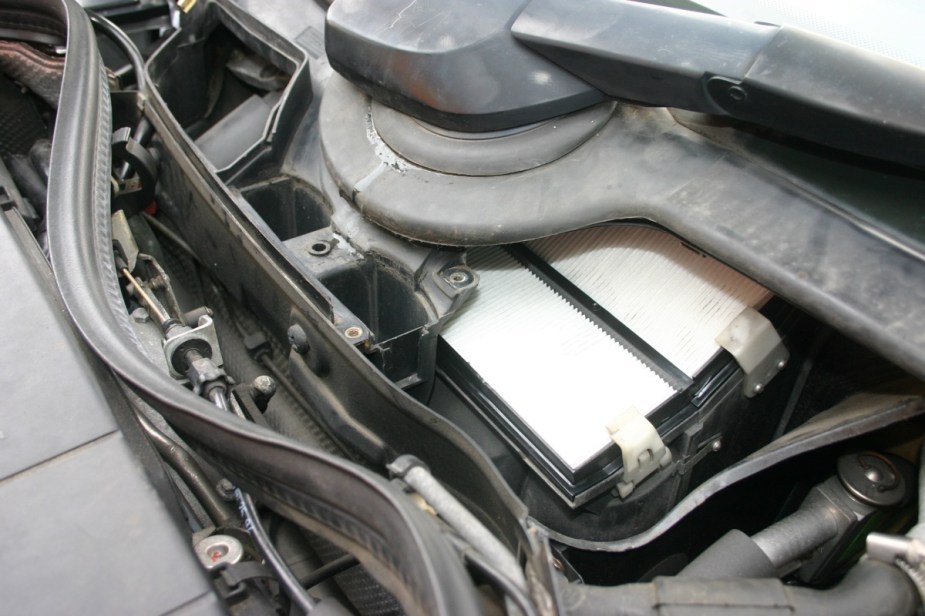
Replacing your car’s cabin filter should be part of its normal maintenance to keep the air in the cabin clean. However, did you know a clean cabin filter can also lead to better fuel economy? Family Handyman notes that a dirty cabin filter can cause your car’s air conditioner to run harder in the summer, thereby making the car burn more gas. Fortunately, it’s easy to replace your car’s cabin filter. So do it routinely for the best results.
4. Keep the tires aligned

Your car’s tires play an important role when it comes to getting the best fuel economy. Tires that are out of spec by just .017 are the equivalent of dragging a tire sideways for miles. That can easily lead to hundreds of dollars in wasted gas every year. In that case, it’s important to ensure that your car’s tires are properly aligned. Especially when you get a new set of tires installed.
5. Change the spark plugs early
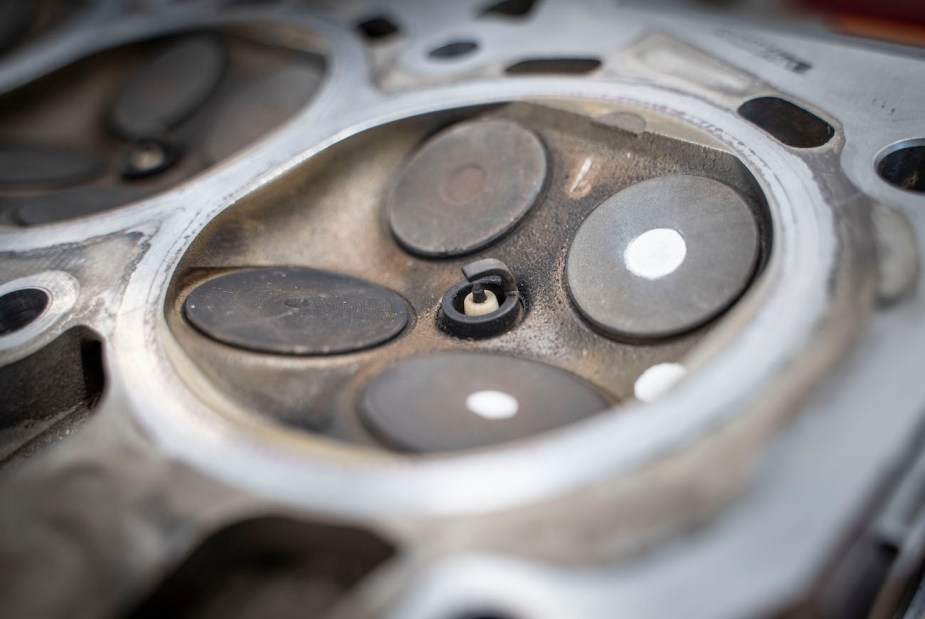
Although it’s a common thought that your car’s spark plugs can last up to 100,000 miles, it’s not the same for every engine. As such, be sure to check your car’s owner’s manual for the proper spark plug replacement intervals for your car. Even if it is at 100,000 miles, it’s a good idea to change them earlier as misfires are still possible at 80,000 miles.
Those misfires and unburned fuel can easily lead to around $450 in wasted fuel yearly. So check your car’s spark plugs and get them changed before the 100,000-mile mark.
Getting the best gas mileage from your car is easy
There’s no magic to getting better fuel efficiency out of your car. Most of the time, keeping up on its routine maintenance and easing up on the throttle can increase its miles per gallon. It’s really just that simple.



